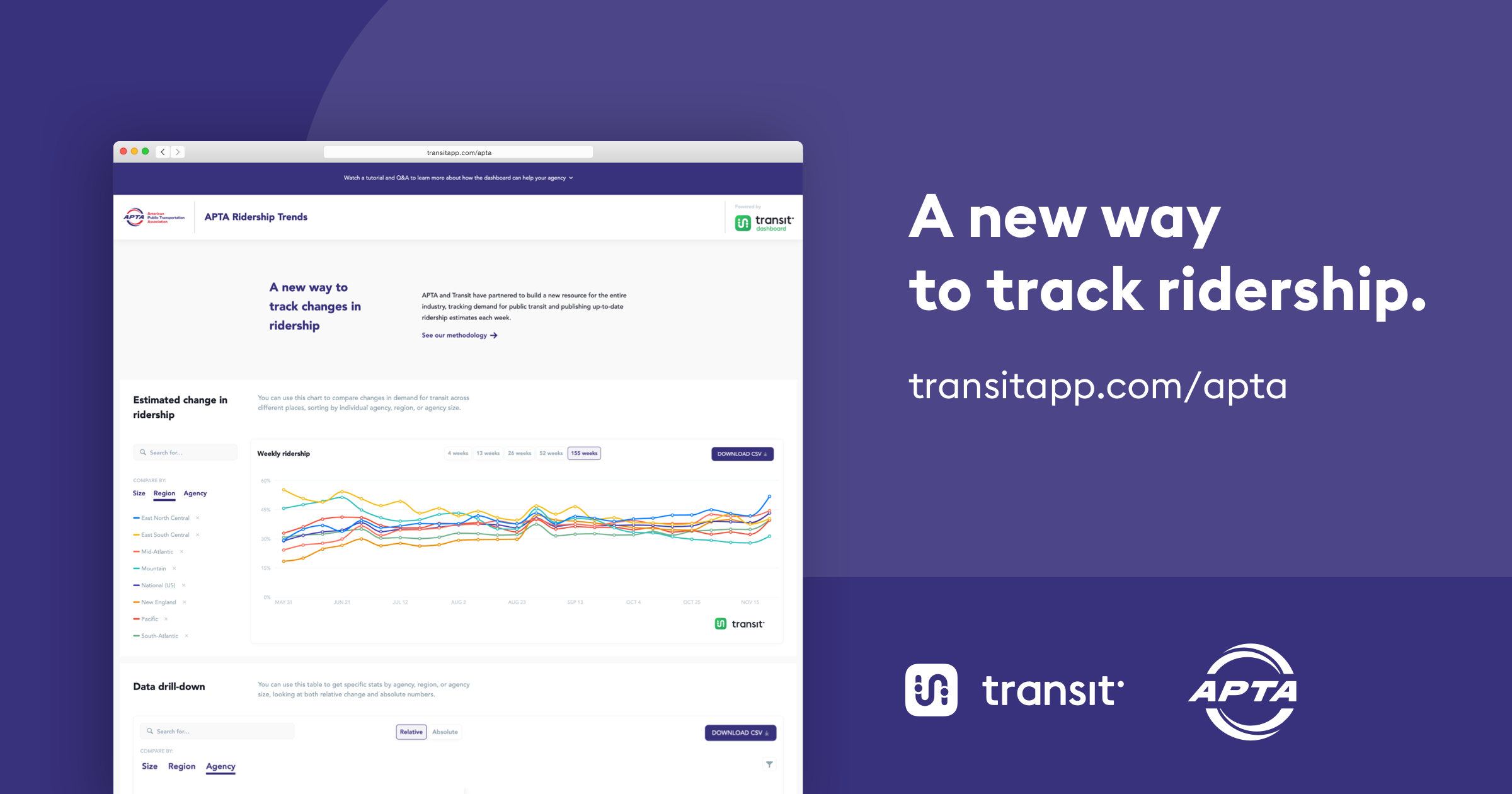Wm Perkins Bull
Active Member
What could have been a great year for ridership growth, for Brampton Transit, was utterly destroyed by the pandemic. This is from a staff report from Wednesday last week.
To me, a nearly 20% growth after they added ~6% hours indicated BT still has tremendous ridership potential, constrained only by service hours.







